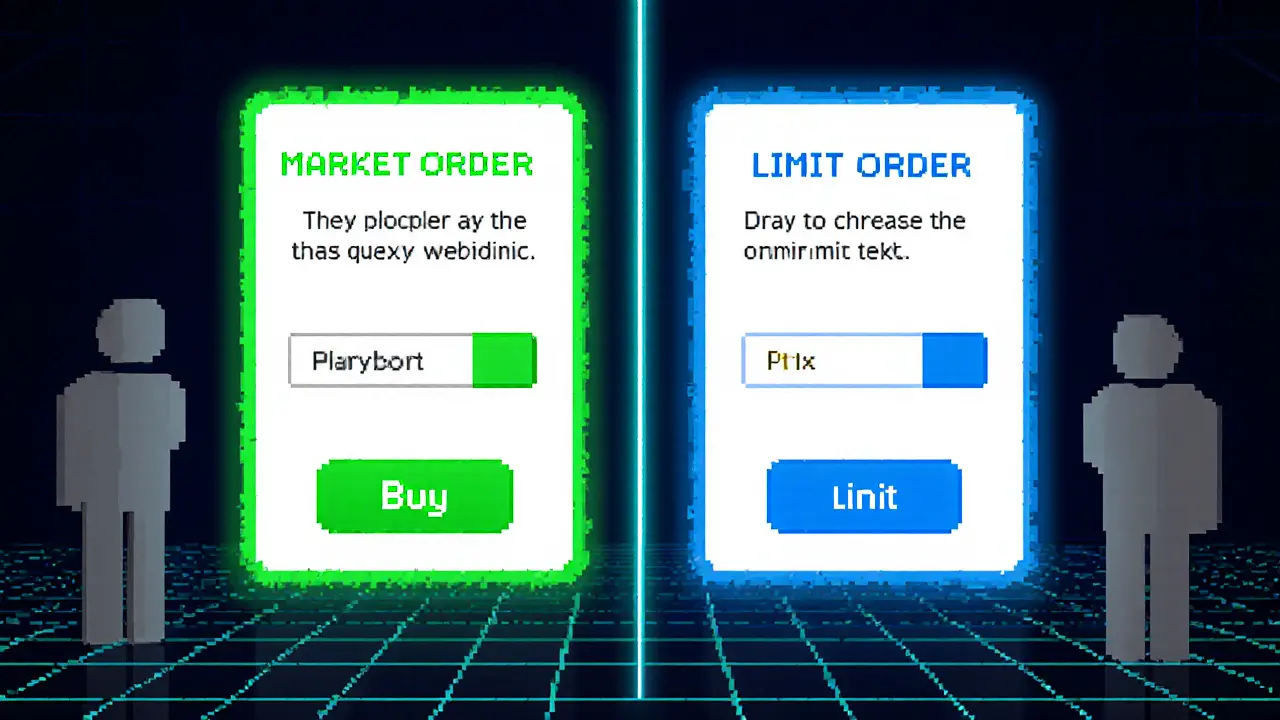Order Book Explained: How Bids, Asks, and Market Depth Shape Crypto Trades
When working with order book, the live list of buy and sell orders on a cryptocurrency exchange. Also known as order book depth, it shows price levels, volumes, and order flow before a trade is executed. It is closely linked to bid, the highest price a buyer is willing to pay, ask, the lowest price a seller is ready to accept, the spread, the gap between the best bid and best ask, and overall liquidity, the amount of volume available at each price level. Understanding these pieces lets you read market depth and act with confidence.
The order book encompasses bid and ask orders, forming a snapshot of supply and demand. When you look at market depth you are really seeing the stack of bids on one side and asks on the other, each contributing to the spread. Reading market depth requires understanding the spread, because a narrow spread usually signals high liquidity and tight pricing, while a wide spread can warn of thin liquidity and higher slippage. Liquidity influences order book depth and price stability; more liquidity means larger orders can be filled without moving the market. Traders use the order book to gauge supply‑demand imbalance, spotting where big buyers or sellers are waiting. Exchange APIs expose order book data for algorithmic strategies, letting bots react to order flow faster than human eyes can.
Why Order Book Knowledge Boosts Your Crypto Strategy
Knowing how bids, asks, spreads and liquidity interact gives you a real‑time edge. You can time entries when the bid wall is strong, avoid exits during a thin ask side, and set realistic stop‑loss levels based on visible depth. For day traders, watching how the order book reacts to news helps spot short‑term price pressure. Long‑term investors benefit by checking that an asset has enough depth before committing large sums, reducing the risk of moving the market themselves. The collection of articles below dives deeper into order book mechanics, offers step‑by‑step guides on reading market depth, compares tools that visualize order flow, and shows how order book data fits into broader DeFi and stock‑market analysis. Armed with this foundation, you’ll be ready to turn raw order data into actionable trading decisions.
Market Orders vs Limit Orders: How They Work in Order Books
Posted By Tristan Valehart On 9 Jan 2025 Comments (19)

Learn the key differences between market and limit orders, how they work in the order book, and when to use each for better trade execution.
READ MORE